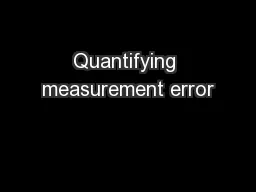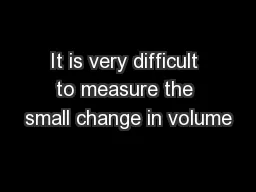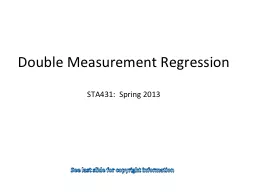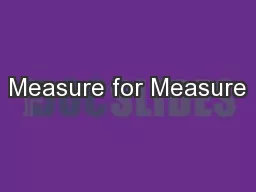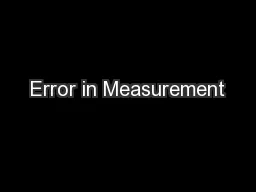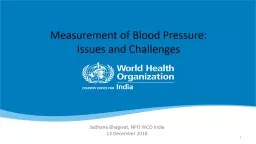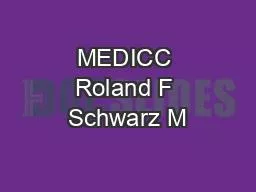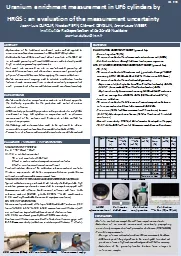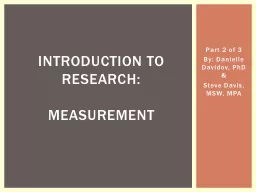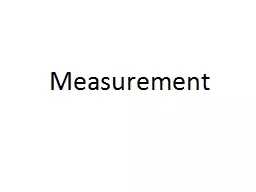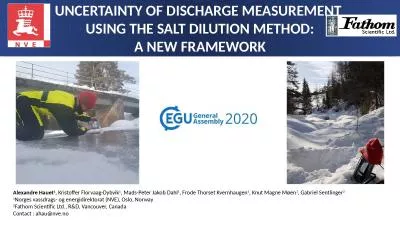PPT-Quantifying measurement error
Author : cheryl-pisano | Published Date : 2017-08-15
Blake Laing Southern Adventist University I uncertainty Measurements have no meaning without a quantified experimental erroruncertainty George What can he conclude
Presentation Embed Code
Download Presentation
Download Presentation The PPT/PDF document "Quantifying measurement error" is the property of its rightful owner. Permission is granted to download and print the materials on this website for personal, non-commercial use only, and to display it on your personal computer provided you do not modify the materials and that you retain all copyright notices contained in the materials. By downloading content from our website, you accept the terms of this agreement.
Quantifying measurement error: Transcript
Download Rules Of Document
"Quantifying measurement error"The content belongs to its owner. You may download and print it for personal use, without modification, and keep all copyright notices. By downloading, you agree to these terms.
Related Documents

